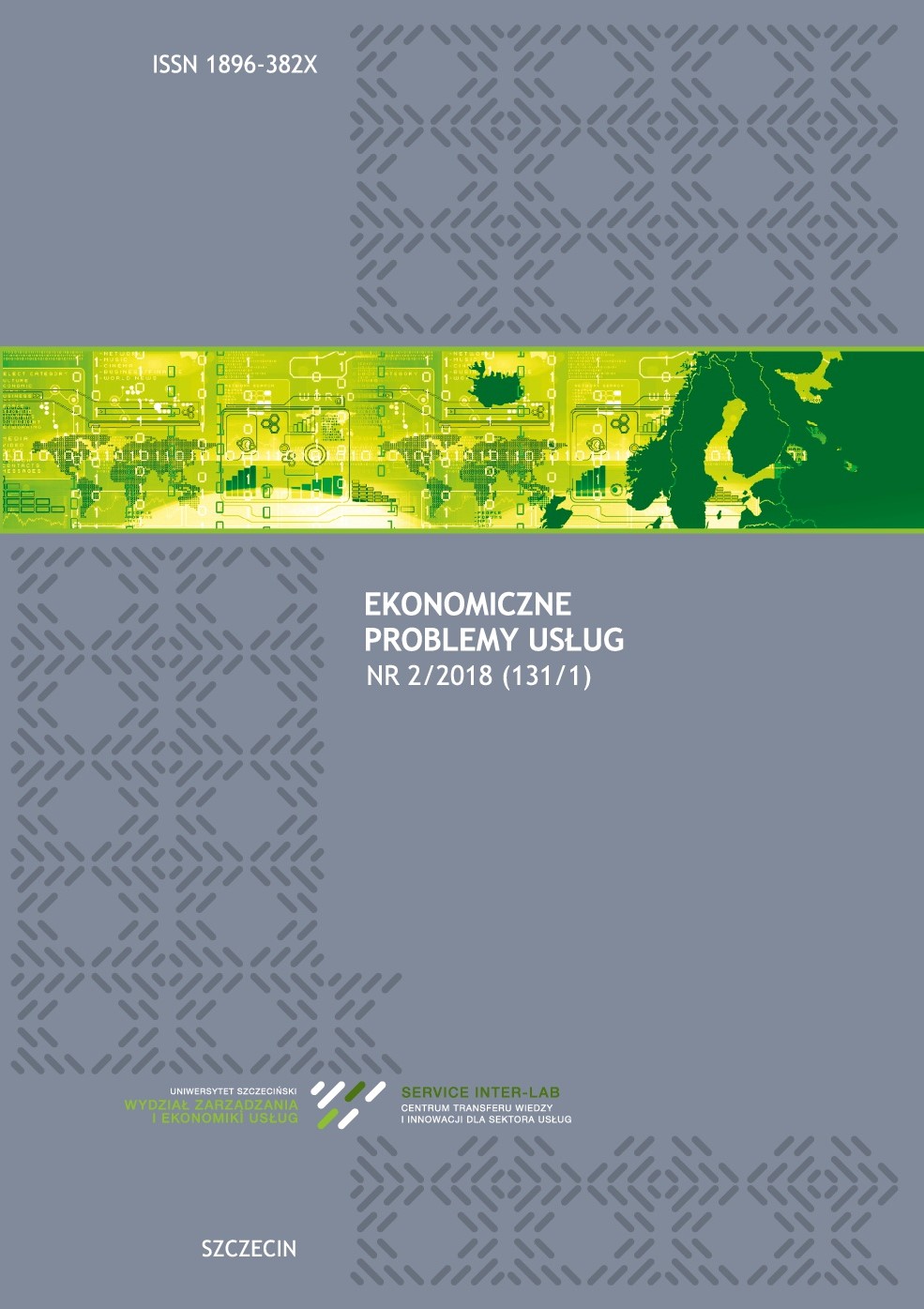Substytucja internetu stacjonarnego i mobilnego – wyzwania regulacyjne
Substitution of Fixed-line Internet and Mobile Internet – Regulatory Challenges
Author(s): Małgorzata OlszewskaSubject(s): Economy, Business Economy / Management
Published by: Wydawnictwo Naukowe Uniwersytetu Szczecińskiego
Keywords: fixed-line Internet; mobile internet; substititution; consumer
Summary/Abstract: Stockholm and Tallinn will be the first cities in which the 5G mobile network will be built in 2018. The 5G strategy for Poland is still underway. Therefore, it is worth to present the issue of substitu-tion of fixed and mobile Internet from the perspective of treating these technologies as equivalent by market regulators. With this taken into consideration, the Polish telecommunications market has undergone dynamic changes in recent years regarding the substitution of services in a user-neutral way. The telecommunications operators compete on the Internet Service Provider market, regardless of the type of the access technology offered, while revenues generated by the Polish operators from the mobile Internet access service (2G /3G /4G technology) are much higher than from any other technology. In 2016, as much as 34% of revenues in the Internet Service Provider market was generated by sales of the mobile services. The Polish and European legislation set likewise standards for providing Internet access services, both regarding cable and mobile technologies, emphasizing the principle of technological neutrality. Public administration bodies have already decided, that the cable and mobile Internet access services are equal, therefore it is reasonable to depart from the previously existing boundaries and technolog-ical schemes. The aim of this paper is to present arguments for changing the regulatory approach in this area, which is one of the key factors for further digital development of Poland in the areas of: Internet of Things, digitalization of enterprises, but also the digital development of cities.
Journal: Ekonomiczne Problemy Usług
- Issue Year: 131/2018
- Issue No: 2/1
- Page Range: 249-259
- Page Count: 11
- Language: Polish

